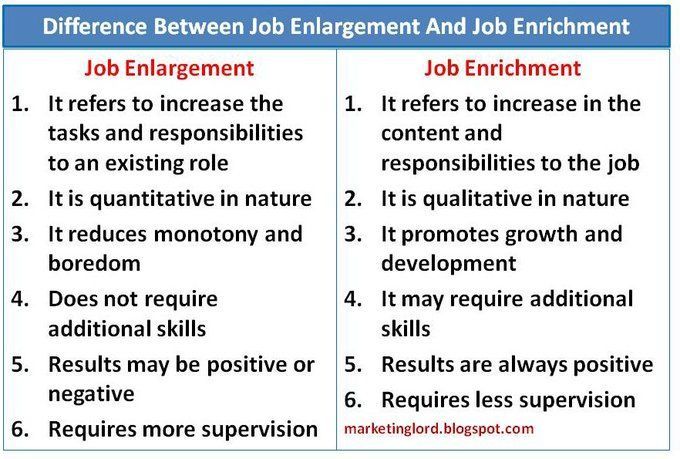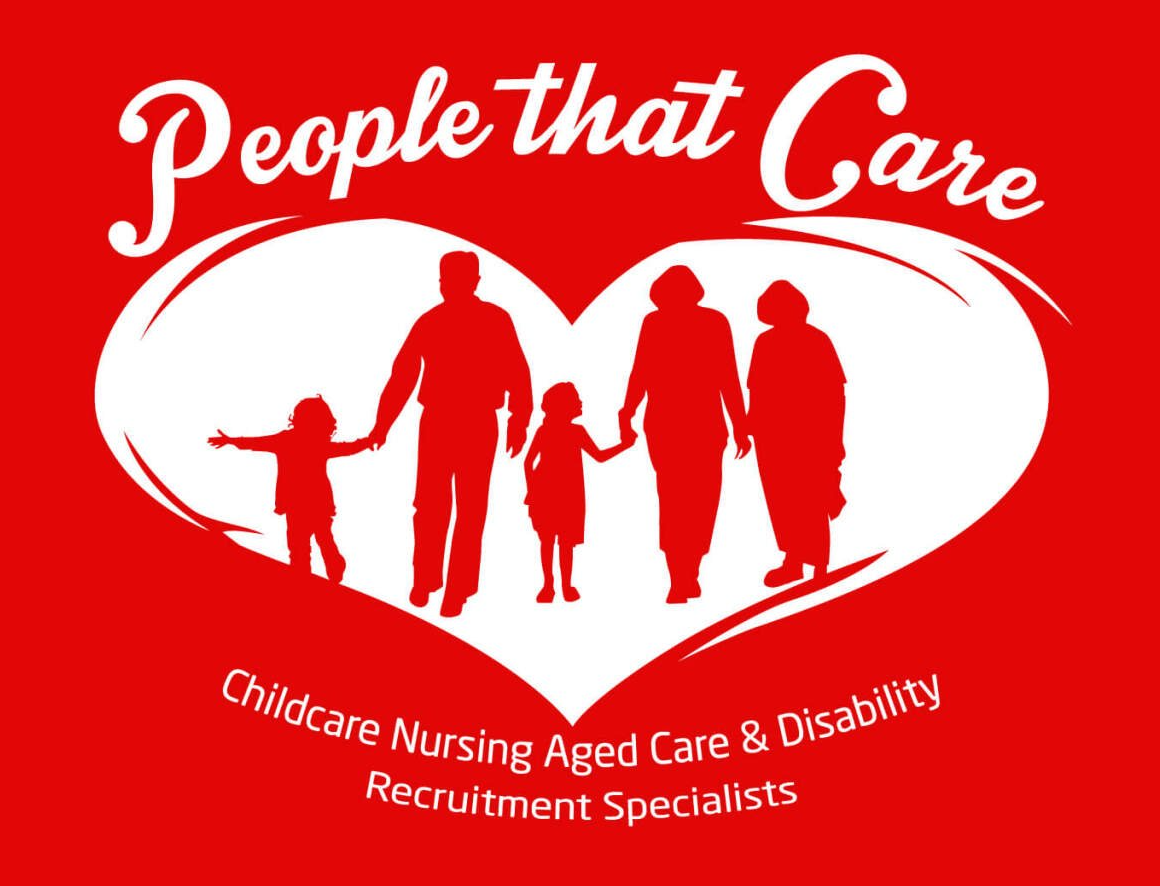Research: 3 Employee Experiences Most Likely to Drive Retention
Jan. 30, 2024 (Oakland, Calif.) – What experiences predict whether your employees are going to quit or stay?
New data from Great Place To Work® reveals three experiences that are highly correlated with employees wanting to stay with their company long-term. In a survey of more than 1.3 million U.S. employees, workers were:
- 2.7x more likely to stay when they say their work is meaningful
- 2.2x more likely to stay when they report being proud of where they work
- 1.7x more likely to stay when they say their workplace is fun
These three experiences came out on top in Great Place To Work’s proprietary Trust Index™ survey where workers were asked to agree with 60 statements about their workplace.
Great Place To Work, the global authority on workplace culture, has released a seminal report titled “Unlocking the Secrets of Employee Retention: Transform Your Workplace with Proven Strategies and Practical Insights.” Authored by Claire Hastwell, content program manager at Great Place To Work, this extensive report offers valuable strategies and insights for companies aiming to improve employee retention.
“Although workplace culture that prioritizes meaningful work, pride in one's job, and a fun working environment may seem like a “nice-to-have,” this report shows that all three priorities bolster a culture that aids retention and ultimately, the business,” says Seth Willis, implementation consultant at Great Place To Work.
The report highlights and provides examples of the essential role leadership plays in nurturing these experiences.
What experiences predict whether your employees are going to quit or stay?
New data from Great Place To Work® reveals three experiences that are highly correlated with employees wanting to stay with their company long-term. In a survey of more than 1.3 million U.S. employees, workers were:
- 2.7x more likely to stay when they say their work is meaningful
- 2.2x more likely to stay when they report being proud of where they work
- 1.7x more likely to stay when they say their workplace is fun
These three experiences came out on top in Great Place To Work’s proprietary Trust Index™ survey where workers were asked to agree with 60 statements about their workplace.
Great Place To Work, the global authority on workplace culture, has released a seminal report titled “Unlocking the Secrets of Employee Retention: Transform Your Workplace with Proven Strategies and Practical Insights.” Authored by Claire Hastwell, content program manager at Great Place To Work, this extensive report offers valuable strategies and insights for companies aiming to improve employee retention.
“Although workplace culture that prioritizes meaningful work, pride in one's job, and a fun working environment may seem like a “nice-to-have,” this report shows that all three priorities bolster a culture that aids retention and ultimately, the business,” says Seth Willis, implementation consultant at Great Place To Work.
The report highlights and provides examples of the essential role leadership plays in nurturing these experiences.
Highlights from the report:
Understanding the cost of employee turnover: The report delves into the significant financial implications of employee turnover, emphasizing the costs involved in recruitment and training, and highlighting the economic advantages of retaining employees.
Robust methodology: This comprehensive report is based on data from an impressive 1.3 million employees at Great Place To Work Certified™ companies in the U.S. The research spans a range of industries, job roles, and demographics, offering a diverse and inclusive analysis of the workforce.
Key drivers for employee retention: The study identifies “purpose,” “pride,” and “fun” as the primary elements influencing employee retention, challenging traditional beliefs about what makes a satisfying workplace and emphasizing the importance of meaningful and enjoyable work.
Leadership behaviors that impact retention: The research identifies specific leadership behaviors that are critical in retaining talent, including effective onboarding strategies and leadership that inspires and aligns with company values.
“Leadership is not just about guiding a team towards its goals; it’s about fostering an environment where every team member feels valued, heard, and motivated,” says Michael C. Bush, CEO of Great Place To Work. “Our research highlights that effective leaders are selfless, modest, humble, and willful lifelong learners that are a critical component in retaining talent and building a workplace where employees thrive.”
Company case studies: The report highlights the successful practices of companies like Altar’d State, Atlassian, and Nugget Markets, each exemplifying effective strategies related to key retention drivers.
Generational engagement and retention: Focusing on multigenerational workforce dynamics, the report offers insights into the motivations, values, and needs of Gen Z in the workplace.
Role of work location flexibility in employee retention: The report provides a detailed examination of how flexibility in work location impacts employee commitment, comparing the relationship between employer mandates versus employee autonomy in work location decisions.
About Great Place To Work
Great Place To Work is a globally recognized authority in assessing and improving workplace culture. The organization assists businesses in evaluating and enhancing their work environment through comprehensive research, certification program, and culture coaching services, offering strategies for developing trust-based, high-performance workplace cultures. Its proprietary platform and Great Place To Work Model™ help companies evaluate the experience of every employee, with exemplary workplaces becoming Great Place To Work Certified or receiving recognition on a coveted Best Workplaces™ List.
Great Place To Work® is the global authority on workplace culture. Our mission is to help every place become a great place to work for all. We give leaders and organizations the recognition and tools to create a consistently and overwhelmingly positive employee experience, fostering cultures that are proven to drive business, improve lives, and better society. Our recognition is the most coveted and respected in the world for elevating employer brands to attract the right people. Our proprietary methodology and platform enables organizations to truly capture, analyze, and understand the experience of all employees. Our groundbreaking research empowers organizations to build cultures that retain talent and unlock the potential of every employee. Our coaches, content, and community connect the boldest leaders, ideas, and innovations in employee experience. Since 1992, our Certification™, Best Workplaces™ Lists, and global benchmarks have become the industry standard, built on data from more than 100 million employees in 150 countries around the world.
Source: https://www.greatplacetowork.com/press-releases/employee-experiences-drive-retention


